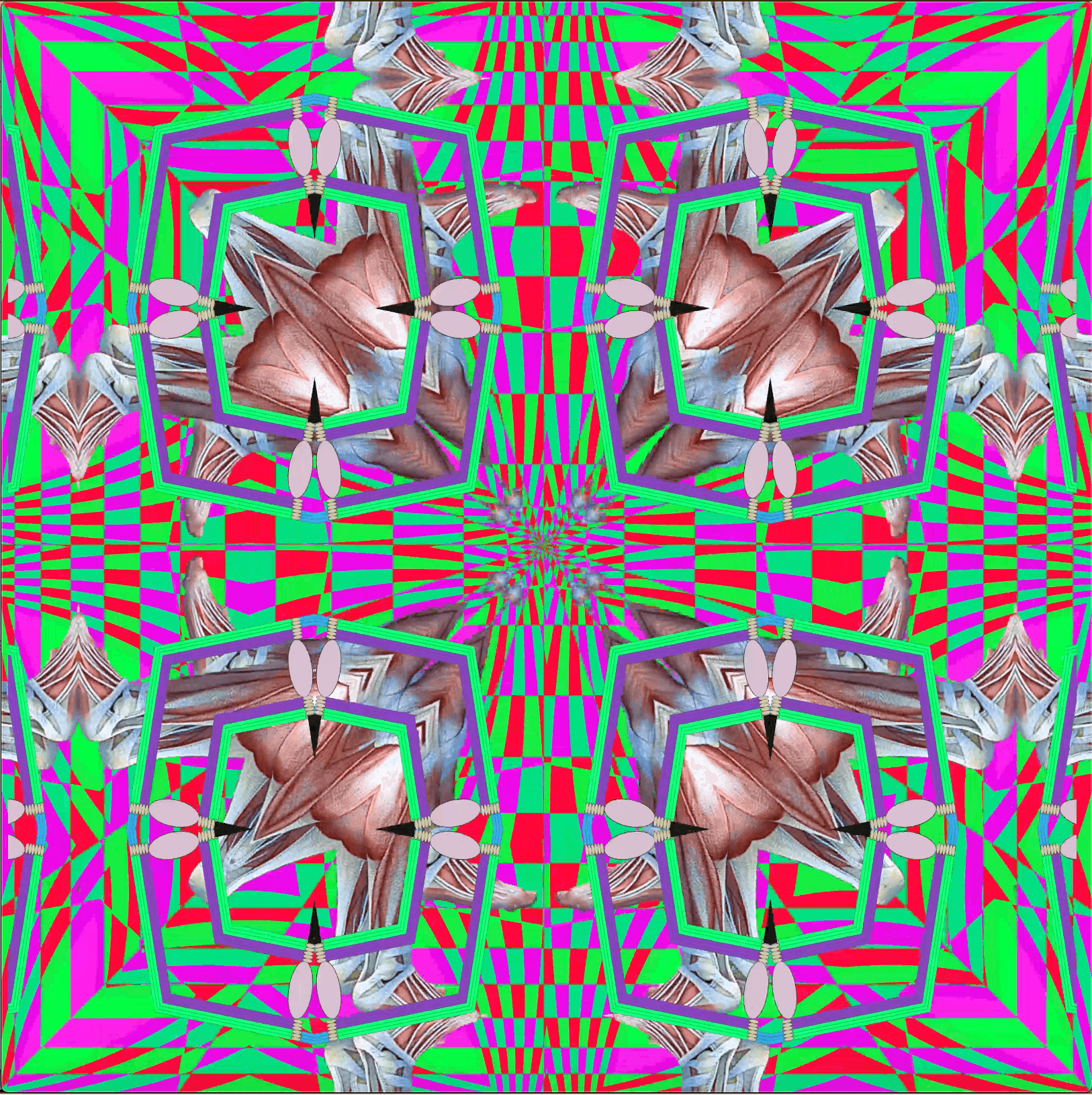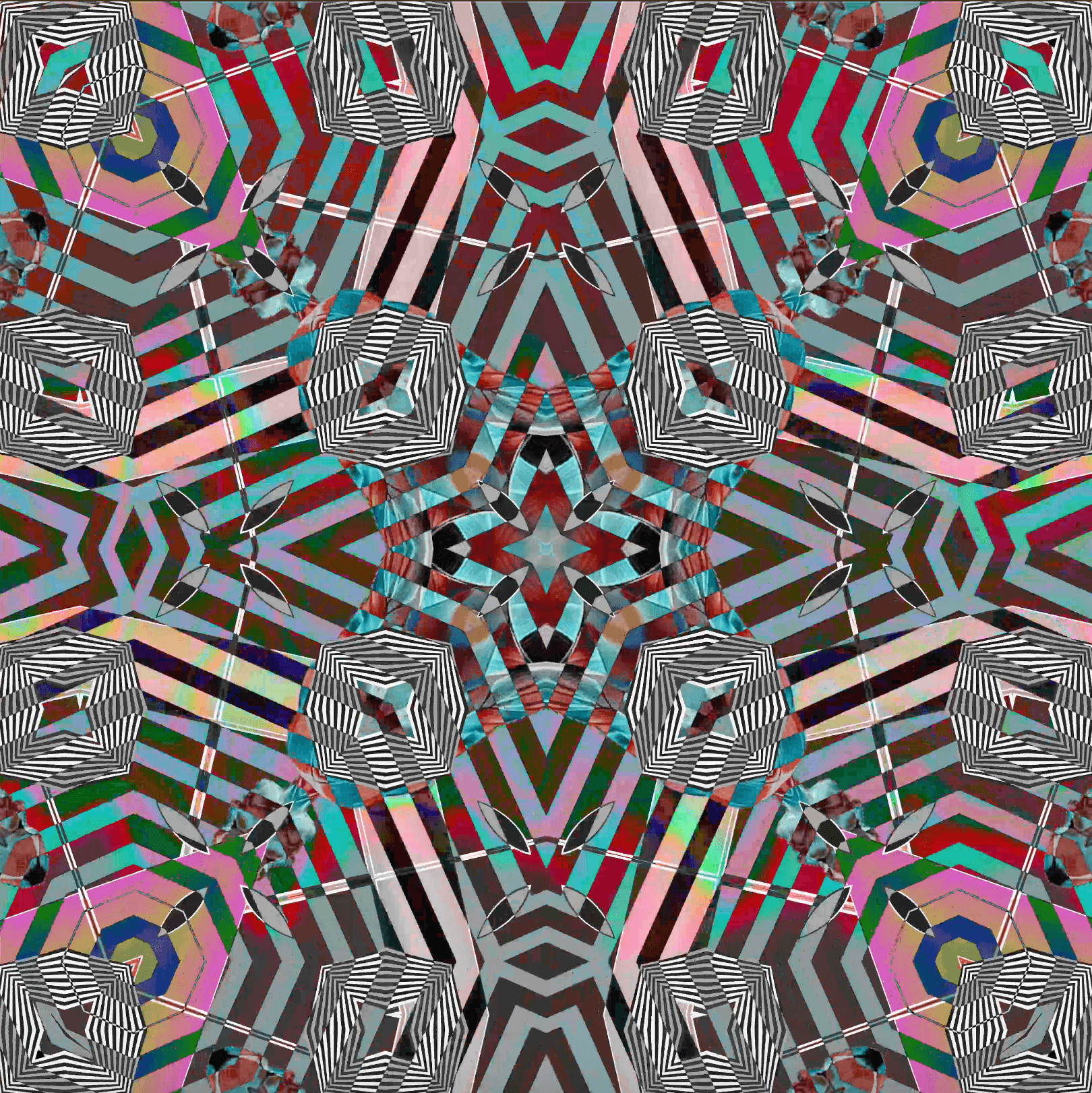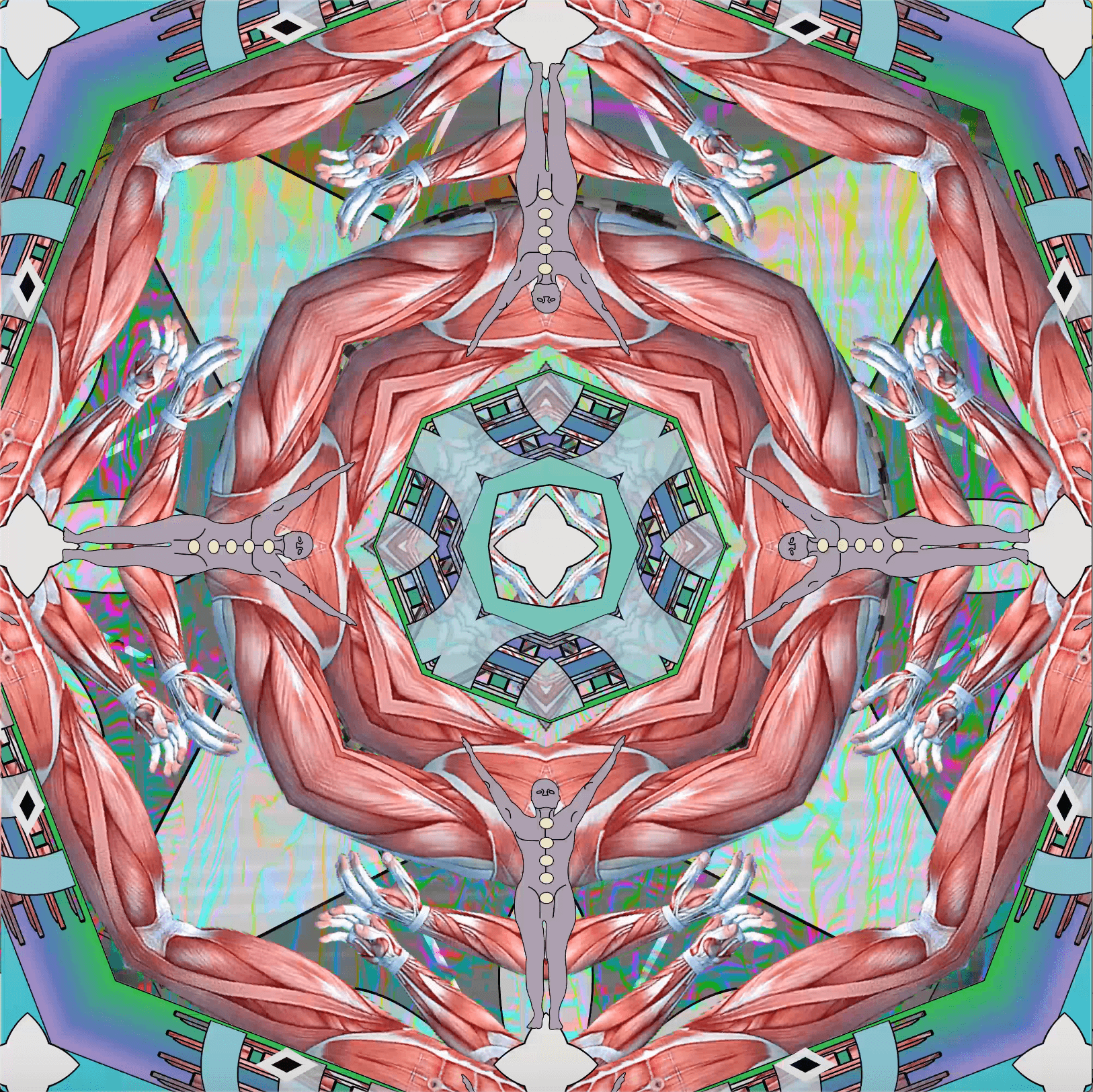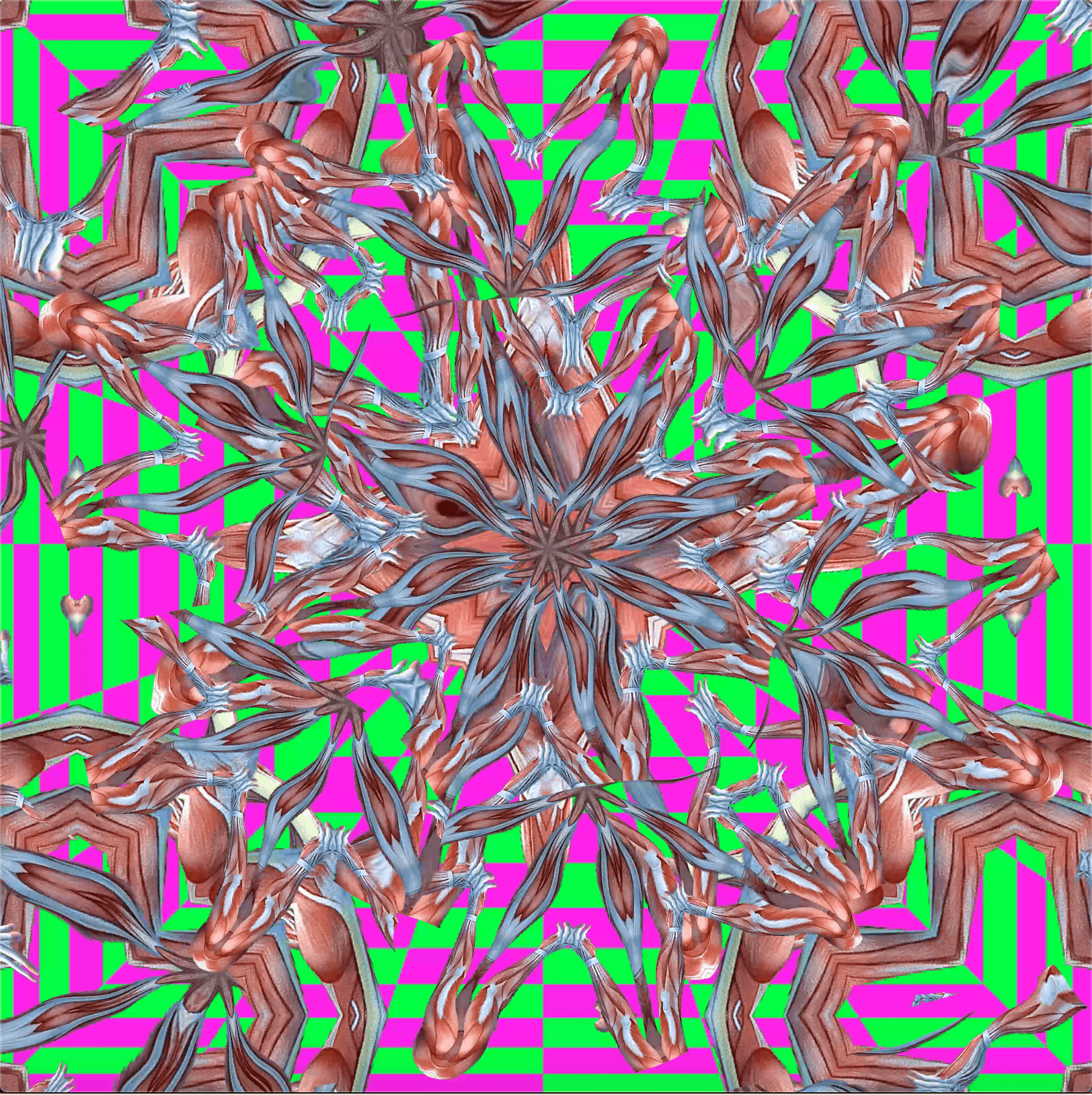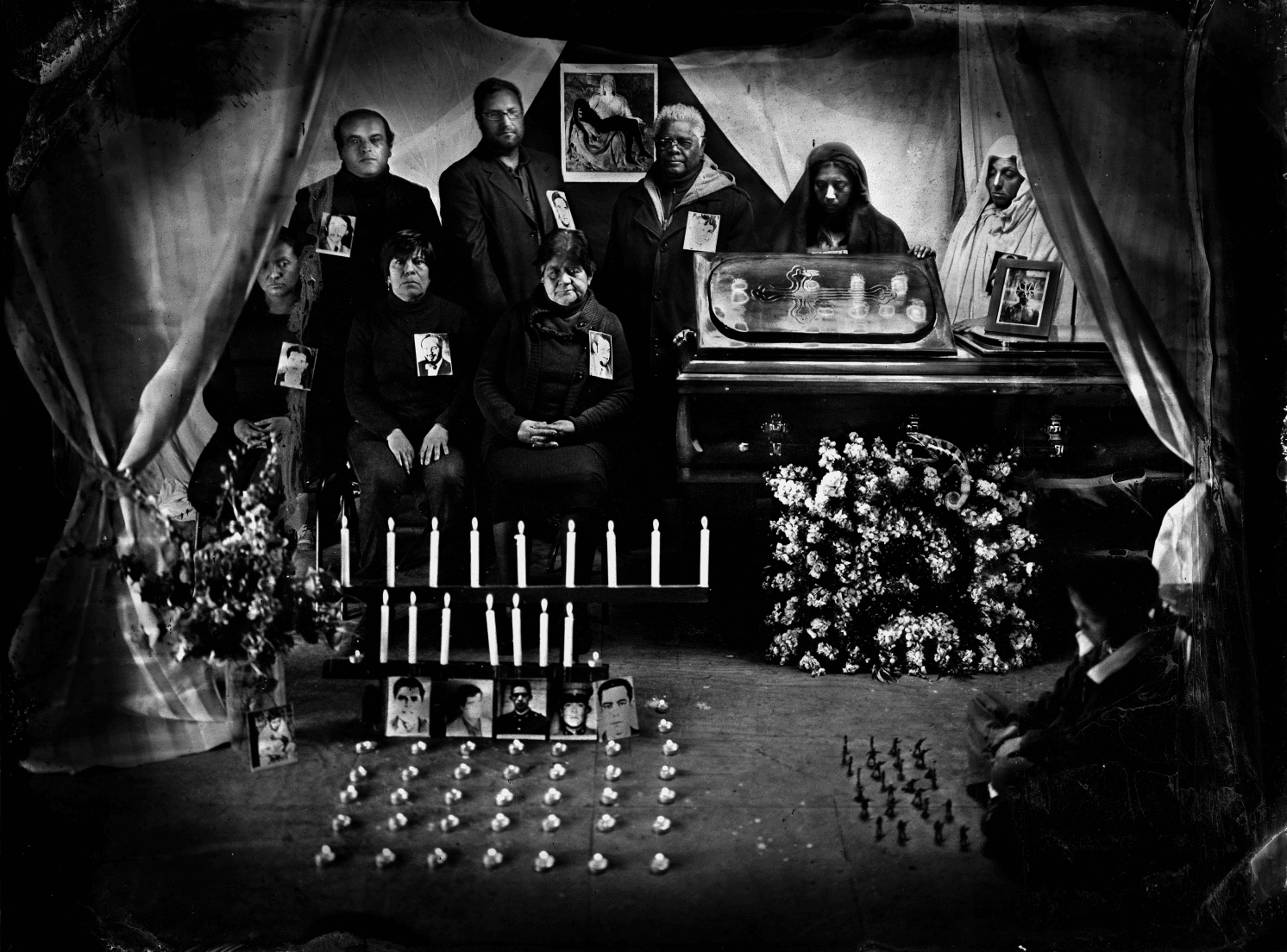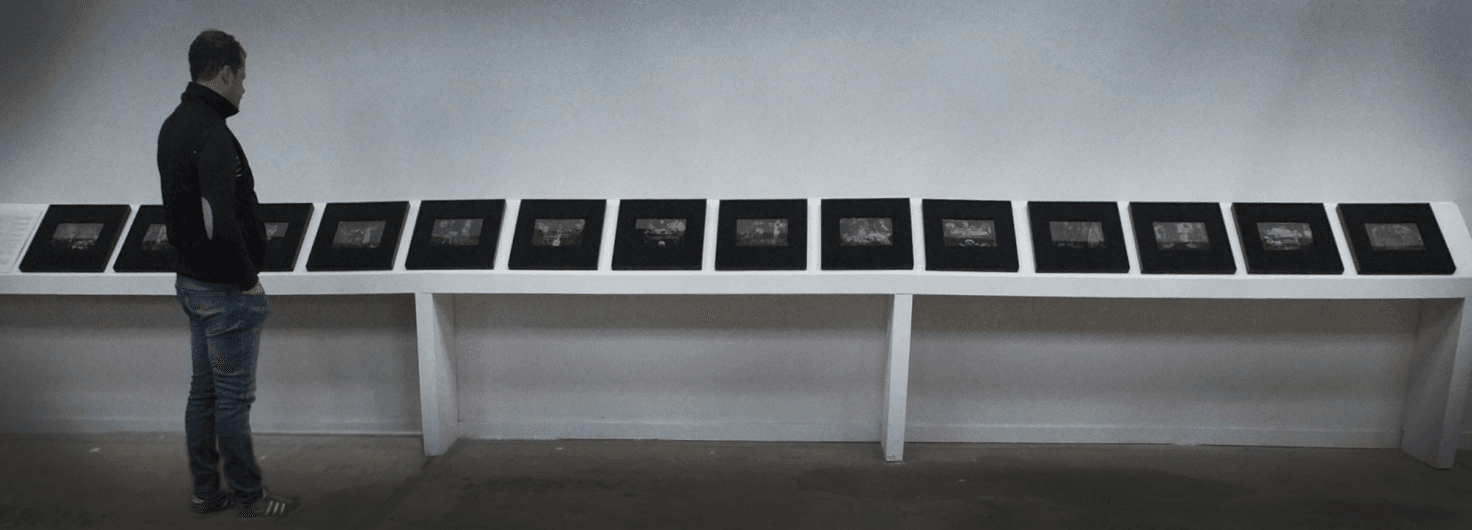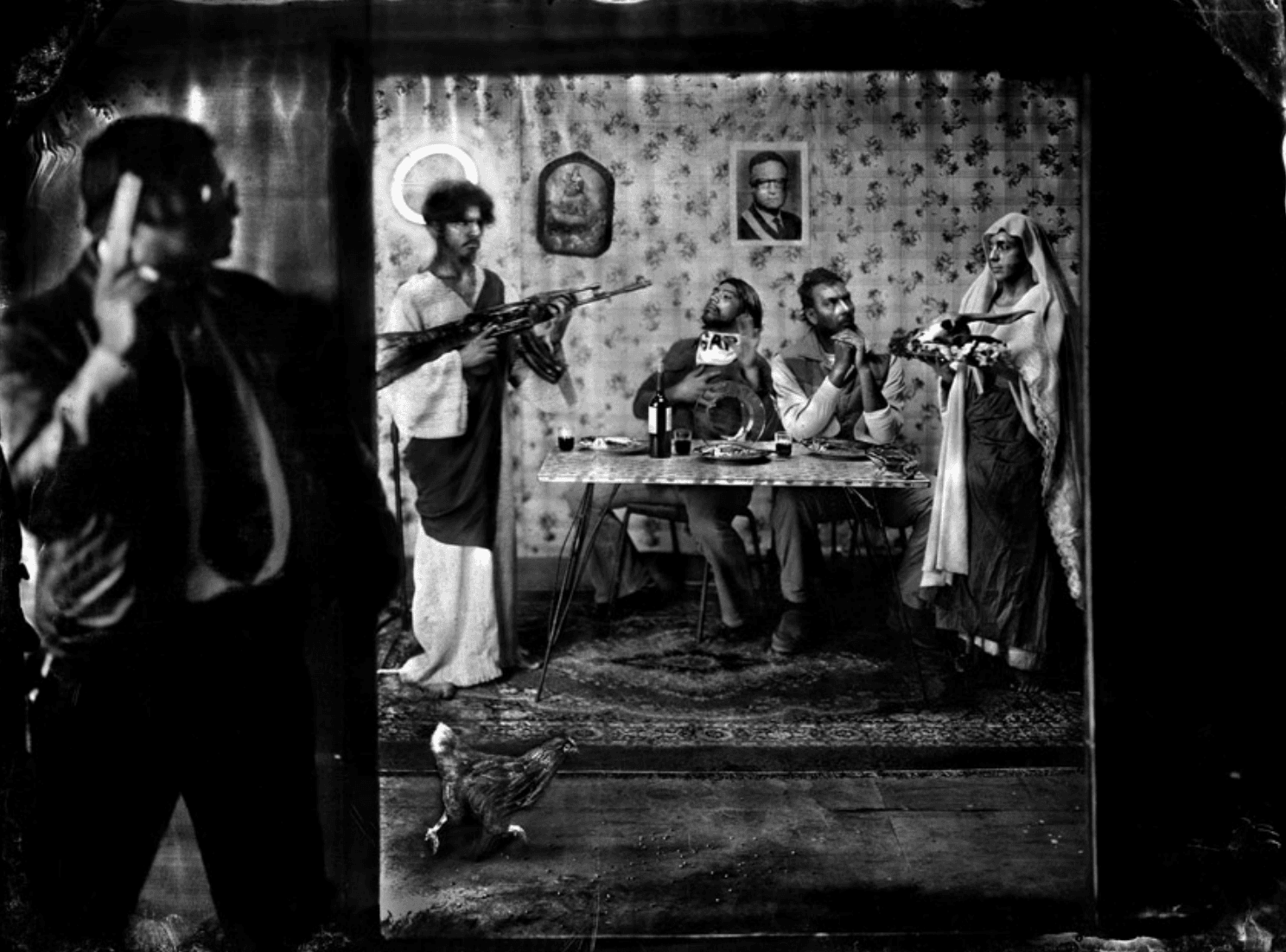AQ.0012
Acquisition Round:
Knowledge and Mysticism
2 Select Acquisitions
•
Acquired Feb 2023
Knowledge and Mysticism
The driving concept behind this theme is transparency—both in terms of correcting previously obscured and flawed systems through radical honesty and candor, and of bringing attention, consideration, and care to unrecognized and underserved practices, traditions, and people. As the curators pose in our statement: How do we work toward broadening our mutual understanding of human culture and experiences? How do we think critically about who tells the story? What is our responsibility to what we make visible?
Throughout human history, alternative forms of knowledge have challenged dominant traditions of thought, governance, culture, and even truth. Often, these underground epistemologies offered modes of political resistance and harbored groups of people whose perspectives were not validated by a mainstream steeped in patriarchy, eurocentrism, and white supremacy. Mysticism, spirituality, syncretism, and the occult are but some examples of organizational spheres that harnessed ancient traditions and belief systems to interpret and navigate the world. Countless artists, especially within the art historical tradition we now know as Modernism, have tapped into these rituals and the information they contain, and yet the intellectual and material outcomes of such movements are also often excluded from the popular parameters of fine art. To kick off “Making the Invisible Visible,” we focused on suggestions that speak to alternative forms of knowledge and mysticism, and how these practices are expressed and maintained in creative practices.
On February 21, 2023, Arkive launched an acquisition round titled “Knowledge and Mysticism,” engaging in dialogue, discussion, and debate on works submitted by the community related to the sub-theme.
After a series of votes, the community selected Reza Hasni and Kin Leonn's Kaleidoscope of Emotions Installation and Mauricio Toro-Goya's Gólgota, Caravana de la Muerte, 2013 as the twelfth acquisition round of the collection. Core team members then worked with the artists and galleries to acquire the work. Kaleidoscope of Emotions Installation and Gólgota, Caravana de la Muerte, 2013 will go on display via long-term residency at a prominent public location, as selected by the Arkive membership.
Overview
Acquired Works
Reza Hasni and Kin Leonn's Kaleidoscope of Emotions Installation (2022)

Sound installation
From Tulika Ahuja: "An artwork by duo Reza Hasni (b. 1983, Singapore) and Kin Leonn (b. 1995, Singapore) presents itself as a site-specific installation with quadrophonic sound and psychedelic ceiling projections. It is a 10-minute participative journey through abstract fields of colour and knowledge from sacred geometries, with slow crests and peaks in audio that allows for audiences to loosen control and enter a state of relaxation. It is an invitation to find happiness within and unwire states of consumer culture and materialism. Its dynamism undoes assigning the state of joy to one static point, but rather allows it to be experienced as a dimension or spectrum linked to the temporal state of being. Naturally, different states of mind invite different responses. It is these responses that make the invisible visible due to their affective, honest and bodily nature – ranging from impulses like stretching of the legs, cracking finger knuckles or in the extreme case, shedding a tear. The artwork is experienced by audiences lying down and facing up, so they feel immersed inside a portal. The experience is ceremonial as the sound circles the space, bouncing ear to ear and between various audience's energy fields. Ambient in nature, it begins with a gong. The transportive visuals in motion respond to progressions in the piece – always symmetrical, combining mystical diagrams, sigils and healing symbols using colour, and light. This predetermined pairing of audio and visual creates a meditative, healing experience."
Introducing Reza Hasni and Kin Leonn
Visual Artist Statement - Reza Hasni: “To read my work as a journey audiences can take, instead of an end of itself. Whether audiences interact with it hypnotically, aesthetically or in a contemplative manner, my works are spaces built for accommodating interpretation. If others can find a way to be with my works, by journeying along with their predetermined change, they can relearn their personal realities.”
Sound Artist Statement - Kin Leonn: “The piece demonstrates the importance of collective listening, with my work creating a subconscious communal connection, as well as deeper bonding with ourselves. The experience guides the audience into their own memories, creating space to go within through crescendos and instrumentation.”
Mauricio Toro-Goya's Gólgota, Caravana de la Muerte (2013)
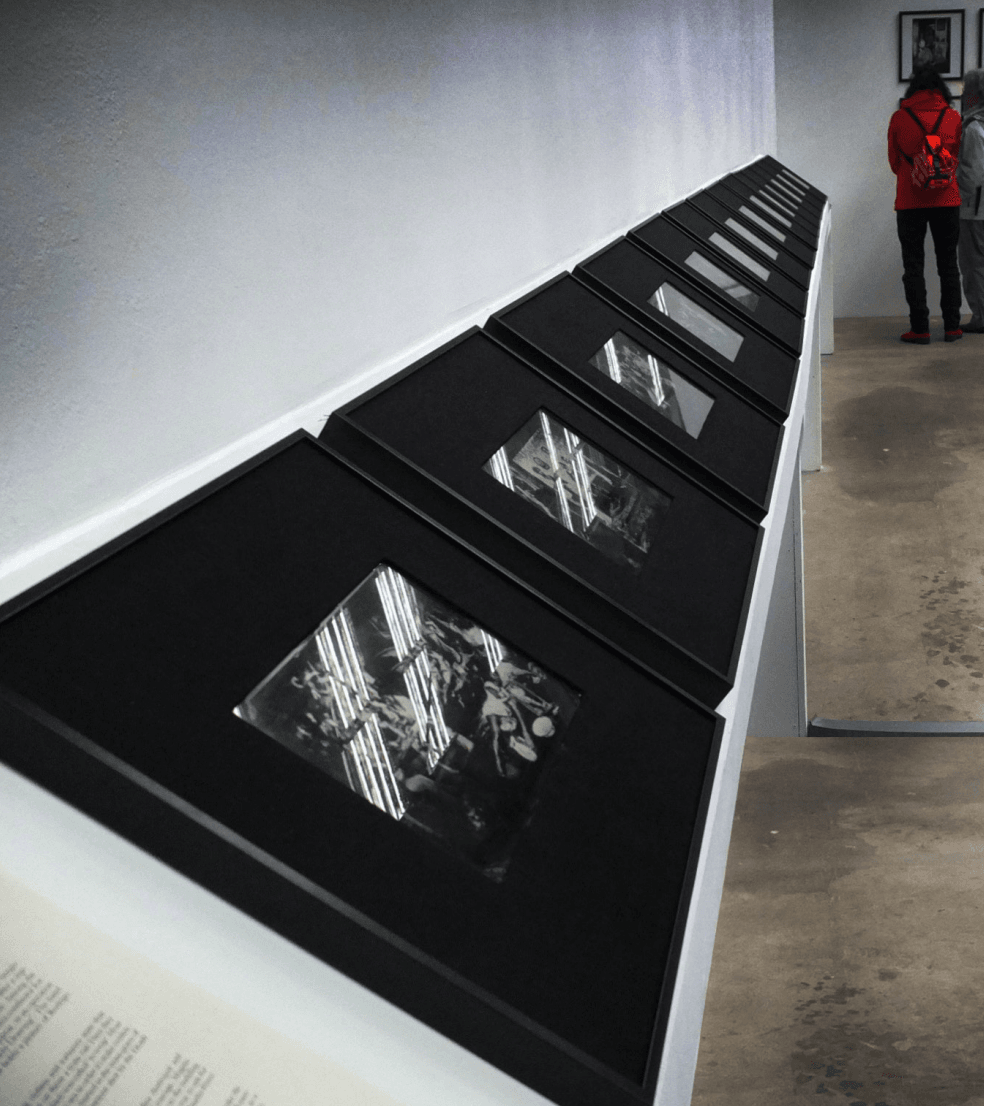
Series of 14 ambrotypes, 8x10 inches
From Lia Godoy: "The Gólgota, Caravana de la Muerte ambrotype series is the most important of Mauricio Toro-Goya’s artistic career, with widespread recognition and circulation. Incorporating this body of work into the collection would open an opportunity to build bridges with South America and its history, particularly regarding human rights, from a relational aesthetic point of view.
These works represent a parallel between the fourteen stations of the Catholic Via Crucis and the life and death of a political prisoner made to disappear during Pinochet’s dictatorship in Chile (1973-1989).
This series narrates step by step the horrors suffered by people who were persecuted, arrested, tortured, murdered, and disappeared by Pinochet’s secret police – particularly in the Caravana de la Muerte events of 1973, where members of this police traveled in a helicopter from north to south, abducting and later murdering 97 political prisoners.
These images were produced through ambrotypes. The author uses this media because of its characteristics, allowing for an image that “floats” in between the glass plaque and its black background, where it cannot exist without these materials surrounding it. Just like memory is there, without the bodies, these images represent the memories of those who disappeared."
Introducing Mauricio Toro-Goya
Mauricio Toro-Goya is one of the most important artists in the contemporary scene in Chile, having had individual showings in major Museums and a presence in both public and private collections.
The work of the photographer Mauricio Toro Goya is imbued with a gloomy and poignantatmosphere which directly and frontally takes us into a narrative about the memory and dialogues between history and the recent past, revealing the textures and folds that are exposed in a space made up of two timeless readings but analogous in speech.
Fourteen ambrotypes –Stations of the Via Crucis– narrate the events that occurred at a couple of supporters of the government of Salvador Allende, represented by Jesus Christ and Maria Magdalena. Both characters will be re-located in a hybrid space, packed with of referents and symbols of Chilean and Latin American culture and history. metaphorical crossover that will reveal the similarity between the episodes of the Passion of Jesus Christ and the repression exercised by the passage of the Caravan of Death in 1973. Case known for being one of the first murders and mass disappearances, orchestrated by Augusto Pinochet and the Delegate Officer for such task, General Sergio Arellano Stark, who together with a delegation of the Army, toured several cities in the country with the function of expediting the processes of political detainees and ensure that they have an adequate defense. Mandate which meant the execution of 96 people and their subsequent disappearance.
Through the gesticulation of such an act of horror, Mauricio Toro Goya exposes the problems that are generated in the biblical Via Crucis and its transmutation to a profane representation. The landscapes alternate between allegorical interiors, rooms of torture and scenarios of political and social demands. The aggressors are no longer Roman soldiers but soldiers and DINA agents... (excerpt from the text of Soledad Aguirre).
The Works
Select Member Comments
Conversation
Additional Materials
We encourage you to read further into our selected artists and their works. As always, this is just the start. Apply to Arkive to continue the conversation with the community.
